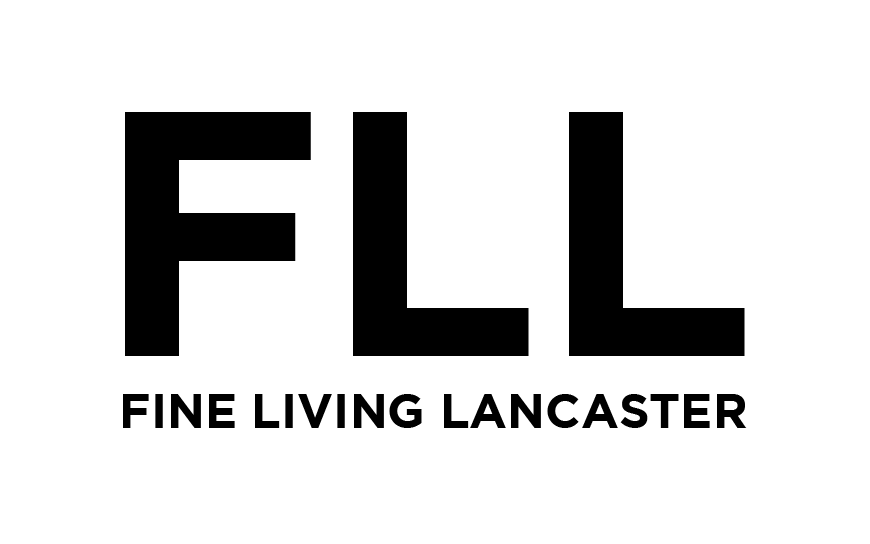The Future At Stone
There’s a quote we’ve been passing around Stone lately. It comes from noted education writer Heather McGowan, who was recently voted Linkedin’s Top Voice in Education in 2017. On her website, McGowan writes:
“Stop asking a young person what you want to be when you grow up. It freezes their identity into a job that may not be there. Ask them how you want to be when you grow up. Having an agile learning mind-set will be the new skill set of the 21st century.”
That’s an idea that we love here at Stone: that agile learning is the mindset of the 21st century.
Time and time again, we are confronted with the question of what it is that a 21st century school should produce, and time and time again, we argue that the product of American high schools should not be a generation of test takers. In fact, at his recent lecture at the Fulton Opera House, the New York Times columnist Thomas Friedman argued that the product of a true 21st Century education could be encapsulated by just two works: “mastery,” and “ownership.”
If you pay any attention to education, you’ll hear the word “mastery” a lot. As Scott Looney, Head of School at Cleveland’s prestigious Hawken School says, “We’ve disconnected students passions from the actual act of learning. We’ve been telling them the extrinsic rewards – the letter grades, the tests – are the point. Not the intrinsic reward of working toward mastery, at being really good at something, of knowing it was hard to get there and being proud of yourself for that journey.”
Like us, Looney is deeply concerned that we have misplaced the true product of a high school education. “We have a system that positions students and teachers in a game of call and response, of short term memory recall, of memorize and regurgitate. The kids who are best at memorize and regurgitate tend to win all the prizes, and as it turns out that’s not that useful a skill.”
At Stone, we believe our product is a generation of students who are indeed agile, who are able to work collaboratively across their school campus and across their community, who are great writers and physicists and entrepreneurs and citizens. Students who can unpack The Inferno and code in Python and pitch an idea for a small business to a local Venture Capitalist. We believe that schools should no longer be designed around content, but around a set of skills that allow them to “master” content. That’s why, if you ask Stone student council president Tony Astarita what a day at Stone is really like, he’ll tell you, “Day to day, it’s never the same. You’ll find yourself doing complex research on an abstract topic like, say, epistemology and beauty, or reaching out to City Hall to fix part of a business plan, or giving a public presentation on a system of the body.”
Stone Junior Halle Richardson puts it slightly differently. “There aren’t many average days at Stone. I do so much over the course of a week it’s hard to say what average would be – it’s a school full of people really excited to learn.”
Astarita agrees: “At a more traditional school you’re moving from one area of study to another. Here, you carry so much from class to class – we work together during free periods, we talk about our work when we’re in the city and when we’re talking to people outside our community, you really start to see the true relationships between disciplines.”
Richardson sees those relationships in her work as well. “I’ve spent weekends researching historic Supreme Court cases, while writing a grant to fund a library, while working on an ongoing research project with the Lancaster Historical Society. All while trying to develop an organic salsa company whose mission is to positively impact water quality around Lancaster.””
Richardson laughs a little. “You don’t just put things on poster boards here. Everything has depth, everything is interdisciplinary. And there’s always a lot of work to be done.”
Astarita says, “At Stone, complexity takes on different forms – whether it’s finding a solution to a math problem or it’s trying to find the definition of an abstract concept like ‘justice.’ Everything here feels complex and intertwined. I think going to a project-based-school you see the beauty of the process whereas at a different school you’re taught only about getting to the end.”
How about that for a product: a generation of students who embrace complexity, who see the beauty of process.
True 21st century schools design their program around their students needs. They are wary of institutional inertia, they are wary of certainty, they are focused on future skills and not outdated content. They build students who are passionate, who are capable, who are collaborative, who fail well, who are – yes – agile.
And to make agile students, schools need to be agile too.
In August, we’re excited to open what we are calling Stone 2.0 – the new Stone Independent School. We’ll be moving into 16,000 square feet of open plan, high-tech, industrial space and we’re doing it because we also believe 21st century schools should, well, look like the 21st century. Heather McGowan is right: we don’t know what jobs will “be there” in the future, but what we know intuitively is that the students who can solve real world problems, who are collaboration and creative, who are agile thinkers, who embrace process and love to learn continually, will be the ones best positioned to get them.
Collaboration and complexity, mastery and ownership. We’re so excited to welcome you to the future at Stone.









